THE LUMIERE BLOG
The 10 Rules You Must Follow to Create an Effective Landing Page
Susan Gunelius, CEO of KeySplash Creative Inc., a marketing communications and strategic branding com firm offers best practices on content and layout for high performing landing pages in her new book Ultimate Guide to Email Marketing for Business.
"Your landing pages should include an opt-in form for lead generation. To develop your landing pages, you need to understand how to create designs and content that make people want your lead magnet enough to submit your opt-in form to get it. To ensure the landing pages you create deliver the best results, follow the 10 rules of landing page design"
7 SEO Trends That Will Dominate 2018
Jayson DeMers, Founder & CEO at AudienceBloom provides insight into the impact of Google's algorithm changes and new technologies on SEO strategies:
"In online marketing, few strategies are as competitive or as quickly evolving as search engine optimization (SEO). Marked by a history of algorithm updates, new technologies, and new techniques to win real estate at the top of search engine results pages (SERPs), most SEO experts (like me) chomp at the bit to predict or learn the latest trends that will shape our businesses’ digital futures."
Content’s Role in the Marketing Funnel
The primary goal of a marketing strategy is to create engagement with your potential customers that leads to conversion to a customer. Customers typically follow a path in making their decision, educating and becoming aware of the solutions, differentiating and evaluating the options and supporting their eventual decision. This journey is called the marketing funnel and your content strategy should consider the prospect’s behavior in each stage and support their unique needs at each step.
Not all prospects will follow a direct path through the marketing funnel, be prepared to convert prospects to customers at any stage. Conversely, establish a strategy to reduce the exits at each stage. The marketing funnel consists of three major
Top of Funnel -
At the beginning of the customer’s journey, they are becoming aware of your brand, the issue you solve or need they have, and the products or solutions available. The goal of content at this stage is to generate interest to a wide group and begin engagement with as many opportunities as possible.
Content that is effective at the top of the funnel includes:
White Papers - Educates the prospect about issues and solutions, problem-solving guide
Checklists - Appropriate steps to follow
Infographics - Easily digestible content that helps a prospect identify the need or solution
Blog Posts - Establish credibility and educates prospects on your capabilities and expertise
“The goal at the top of the funnel is to make prospects aware of their need and your solution”
Middle of funnel
By now, the prospect has become a strong candidate for your service or product. They are now looking for more specific product details and trying to differentiate between providers and may not yet trust you. There is a greater opportunity at this stage to acquire the customer but not guaranteed.
Content that should be provided at this stage of the funnel should be:
Case Studies - Most effective way to provides specific details how your company has delivered solutions to customers. Should be applicable to their needs.
Industry Reports - Helps to contrast products or services through third party reports
Product/Service details - Specific attributes of your product or service
“Content marketing should convert people at any stage of the funnel”
Bottom of Funnel
As the prospect reaches the bottom of the funnel, they have most likely selected your product or solution and are trying to support the decision-making process. This is your best opportunity to convert them to a customer. Be aware, however, this is also typically where an additional decision maker shows up. You should be prepared to address any new participants needs and the right content can expedite this.
Content that should be utilized at the last stage of the funnel helps convert the prospect to a customer:
Testimonials/Review - Confirms credibility and success with your prospects peers.
Implementation Guides - Can demonstrate the robustness of the process for onboarding or utilizing your product/service.
The funnel doesn’t end there. Converting a prospect into a customer is just the beginning. Content plays a crucial role in retention of customers and building advocacy for your product or service. Strong support documentation, an effective presentation layer and consistent communication improve the experience and create repeat customers.
Each stage of the marketing funnel you are creating content for requires a different approach.




